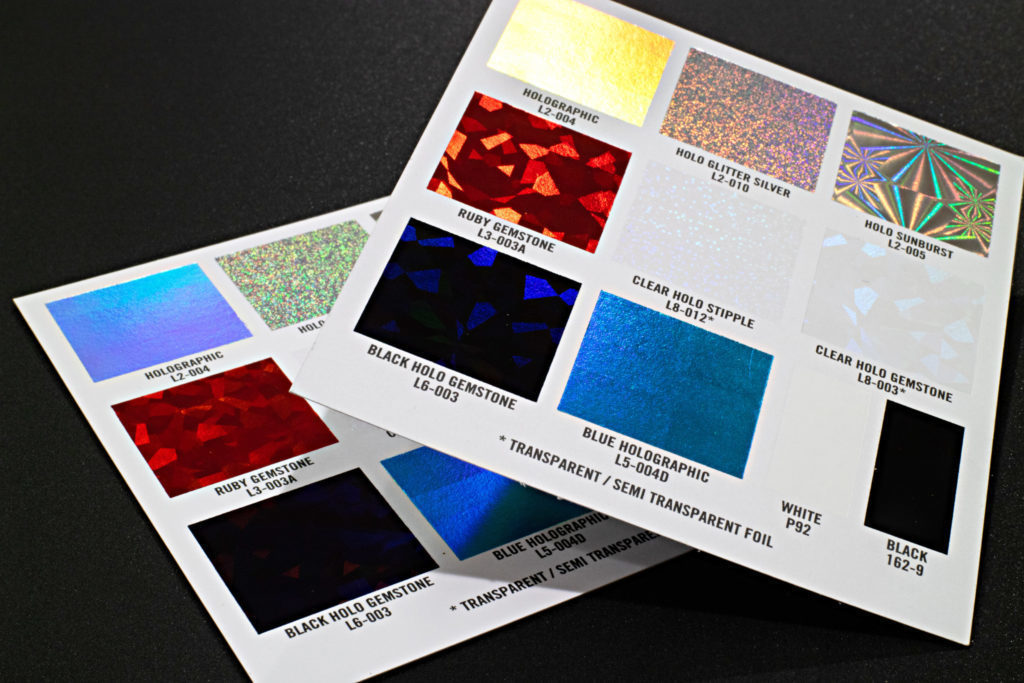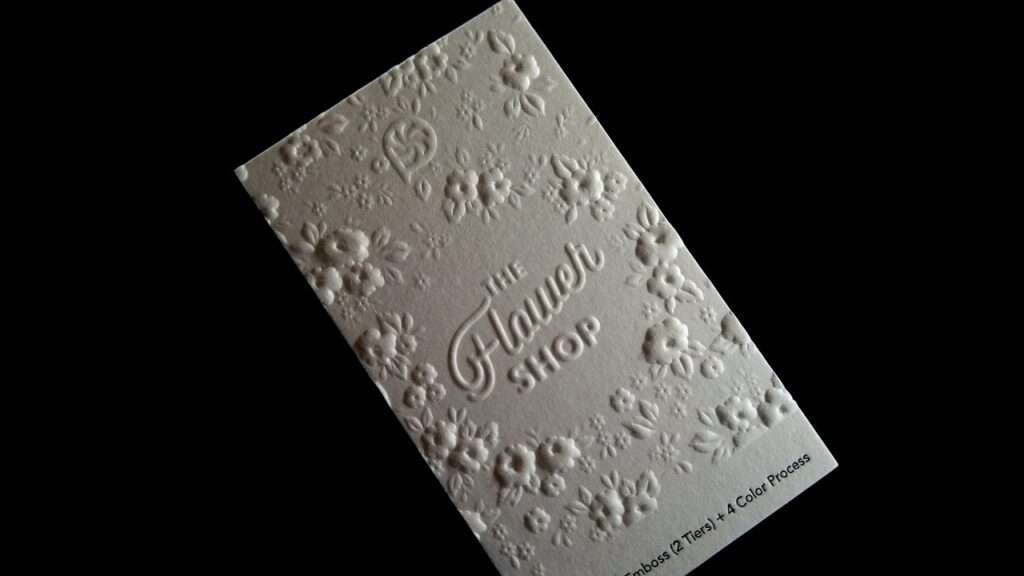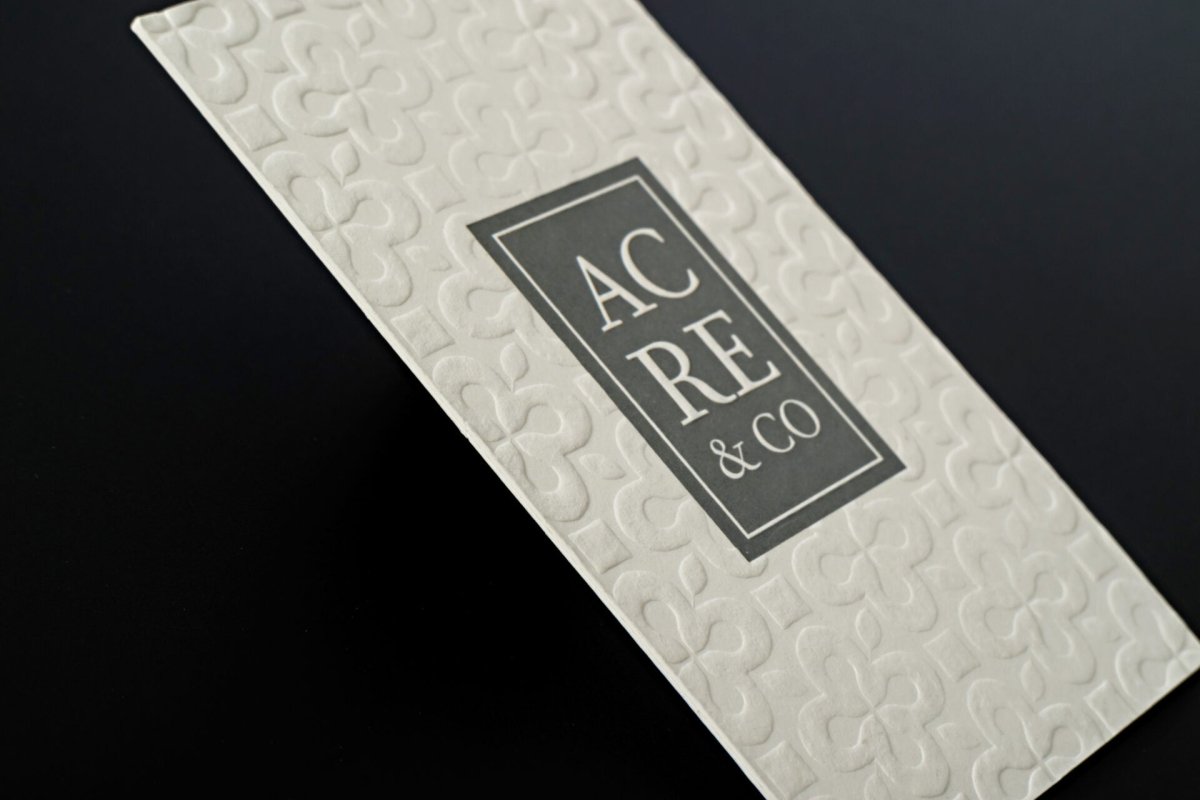
7 Expert Tips on How NOT to design a logo
adminShare
We might wish we haven't, but we've all seen them. Turn around and consider a local business, and there is a chance their logo is simply terrible. Hell, even large brands can make the same mistake. Have you seen the logo of the Catholic Church's Archdiocesan Youth Commission?

No matter how much smart designers preach about the importance of a good logo, there will always be culprits. And sure, we get a good laugh out of them, especially if they're as unintentionally suggestive as the Institute of Oriental Studies. And yet, even those ones were designed by a professional. They certainly (in most cases) had some budget behind them. How did we get here?

The answer is easy. It might be a creative process, but logo design does need to follow some specific steps. If you don't follow them, you risk falling into the trap as formerly hot startup Flightning. Chances are they followed at least one of the below 7 expert tips of how to NOT design a logo.
It's so tempting. You get excited about the potential of a new logo. Your agency partner, if you work with one, wants to get it over with. So you simply open Photoshop or Illustrator and start designing. Who cares if you have no idea where you're going yet?
The logo. That's who cares. I know how exciting the start of a new logo can be, but that doesn't mean you should rush into it. Instead, start at the beginning. Make sketches of the logo concept, that you can later fill out with the details. Without that first step, you lack direction, which doesn't typically lead to anything impressive.
Creativity means thinking outside the box. That's why designing a logo is not about following rules; it's about breaking them. With that mindset, it's easy to design a logo that lacks symmetry, either intentionally or unintentionally. And that could be a big mistake.
Symmetry matters for all design, but logos play a large role. Often, your audience will see them in the blink of an eye, without enough time to truly take them on. The details may not become visible, and only the first impression counts. We know from studies that humans are inherently attracted to symmetry, so why not leverage that for your brand?
Is it really only a logo? If we only have a place for one thing, shouldn't we also include our wordmark, website, and tagline? After all, we want our company to be well-represented and easily identified by our audience! A large logo that has anything we need has to be better than a small one that is too abstract.
Settle your horses. You're not in trouble; you just fell victim to the large logo disease. The best logos tend to be small, and many of them are in fact abstract. They need to work even in a small format when text becomes (almost) unreadable. That's why, for most logos, minimalism is key to success.
Consider this a sibling impulse to the above. Too often we fall into the trap of the logo's uniqueness. We only have the chance to design it once, and we need to make sure it stands out from the competition. That means many, many colors, bright and shiny, designed to attract attention!
Of course, the right approach is much more strategic. When designing a logo, the colors used absolutely need to reflect the brand style and value proposition. I also make sure that they make sense in any situation in which the logo might be used, from letterhead to print and digital ads.
What came first: the logo or the brand? We might never know, but I do know what should come first for you. Many companies are tempted to start with the logo. It's the most significant brand mark and one that seems able to drive the way your audience sees the brand. And yet, getting to the logo first could be a tragic mistake.
Remember, your brand is what your audience perceives, not what you want it to be. They see it as having a very distinct personality, communicated through all of their past and present interactions with it. Your logo absolutely needs to match that personality. That might mean having to do some brand research first, but it will be worth the effort if it results in a logo that truly reflects your brand values and tone.
Logos need to be legible. That means choosing a font designed for readability, which doesn't take away from the design itself. And if you do want to think outside the box, alternatives like comic sans, papyrus, or curlz are readily available to be integrated into the design.

Let me make a personal appeal: please don't. Those fonts are truly awful. But they might not even be as bad as Times New Roman. Sure, legibility matters, but don't be afraid to pick a badass font. This is your opportunity to stand out not just through overall design, but typography as well. Take it.
Let's close with another example about the dangers of the Photoshop enthusiast. Simply put, there are just so many options. Drop shadows and bevels and 3D type, oh my! You heard "badass font" above, so what could be more badass than adding a fun outline around the text?
Many things. So many things could be more badass. Whenever you can, go easy on the effect. You want to stay away from looking tacky, but you also have to accomplish a very practical goal: making sure that the logo works even in a thumbnail format. I can assure you that with a 3D type and some added bevel, that's almost impossible.
There we are: the top 7 things NOT to do when designing your logo. I've already delved into some of the better rules you can follow. Here they are again, for easy reference:
Always remember: a logo will stay with your brand for years. Even once you retire it in favor of a newer version, your audience will remember it. That means you have only one shot to get it right. Will you take it?

No matter how much smart designers preach about the importance of a good logo, there will always be culprits. And sure, we get a good laugh out of them, especially if they're as unintentionally suggestive as the Institute of Oriental Studies. And yet, even those ones were designed by a professional. They certainly (in most cases) had some budget behind them. How did we get here?

The answer is easy. It might be a creative process, but logo design does need to follow some specific steps. If you don't follow them, you risk falling into the trap as formerly hot startup Flightning. Chances are they followed at least one of the below 7 expert tips of how to NOT design a logo.
1) Go Straight to the Real Thing
It's so tempting. You get excited about the potential of a new logo. Your agency partner, if you work with one, wants to get it over with. So you simply open Photoshop or Illustrator and start designing. Who cares if you have no idea where you're going yet?
The logo. That's who cares. I know how exciting the start of a new logo can be, but that doesn't mean you should rush into it. Instead, start at the beginning. Make sketches of the logo concept, that you can later fill out with the details. Without that first step, you lack direction, which doesn't typically lead to anything impressive.
2) Forget About Symmetry
Creativity means thinking outside the box. That's why designing a logo is not about following rules; it's about breaking them. With that mindset, it's easy to design a logo that lacks symmetry, either intentionally or unintentionally. And that could be a big mistake.
Symmetry matters for all design, but logos play a large role. Often, your audience will see them in the blink of an eye, without enough time to truly take them on. The details may not become visible, and only the first impression counts. We know from studies that humans are inherently attracted to symmetry, so why not leverage that for your brand?
3) Fall Victim to the Large Logo Disease
Is it really only a logo? If we only have a place for one thing, shouldn't we also include our wordmark, website, and tagline? After all, we want our company to be well-represented and easily identified by our audience! A large logo that has anything we need has to be better than a small one that is too abstract.
Settle your horses. You're not in trouble; you just fell victim to the large logo disease. The best logos tend to be small, and many of them are in fact abstract. They need to work even in a small format when text becomes (almost) unreadable. That's why, for most logos, minimalism is key to success.
4) Have all the Fun With Colors!
Consider this a sibling impulse to the above. Too often we fall into the trap of the logo's uniqueness. We only have the chance to design it once, and we need to make sure it stands out from the competition. That means many, many colors, bright and shiny, designed to attract attention!
Of course, the right approach is much more strategic. When designing a logo, the colors used absolutely need to reflect the brand style and value proposition. I also make sure that they make sense in any situation in which the logo might be used, from letterhead to print and digital ads.
5) Don't Worry About Your Brand
What came first: the logo or the brand? We might never know, but I do know what should come first for you. Many companies are tempted to start with the logo. It's the most significant brand mark and one that seems able to drive the way your audience sees the brand. And yet, getting to the logo first could be a tragic mistake.
Remember, your brand is what your audience perceives, not what you want it to be. They see it as having a very distinct personality, communicated through all of their past and present interactions with it. Your logo absolutely needs to match that personality. That might mean having to do some brand research first, but it will be worth the effort if it results in a logo that truly reflects your brand values and tone.
6) Comic Sans or Times New Roman?
Logos need to be legible. That means choosing a font designed for readability, which doesn't take away from the design itself. And if you do want to think outside the box, alternatives like comic sans, papyrus, or curlz are readily available to be integrated into the design.

Let me make a personal appeal: please don't. Those fonts are truly awful. But they might not even be as bad as Times New Roman. Sure, legibility matters, but don't be afraid to pick a badass font. This is your opportunity to stand out not just through overall design, but typography as well. Take it.
7) Go Crazy With Photoshop Effects
Let's close with another example about the dangers of the Photoshop enthusiast. Simply put, there are just so many options. Drop shadows and bevels and 3D type, oh my! You heard "badass font" above, so what could be more badass than adding a fun outline around the text?
Many things. So many things could be more badass. Whenever you can, go easy on the effect. You want to stay away from looking tacky, but you also have to accomplish a very practical goal: making sure that the logo works even in a thumbnail format. I can assure you that with a 3D type and some added bevel, that's almost impossible.
The Right Strategy to Build the Perfect Logo
There we are: the top 7 things NOT to do when designing your logo. I've already delved into some of the better rules you can follow. Here they are again, for easy reference:
- Make sketches
- Aim for symmetry
- Embrace minimalism
- Choose the right colors
- Match your brand personality
- Pick a badass font
- Go easy on effects.
Always remember: a logo will stay with your brand for years. Even once you retire it in favor of a newer version, your audience will remember it. That means you have only one shot to get it right. Will you take it?


